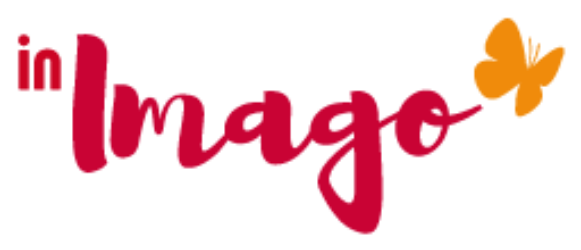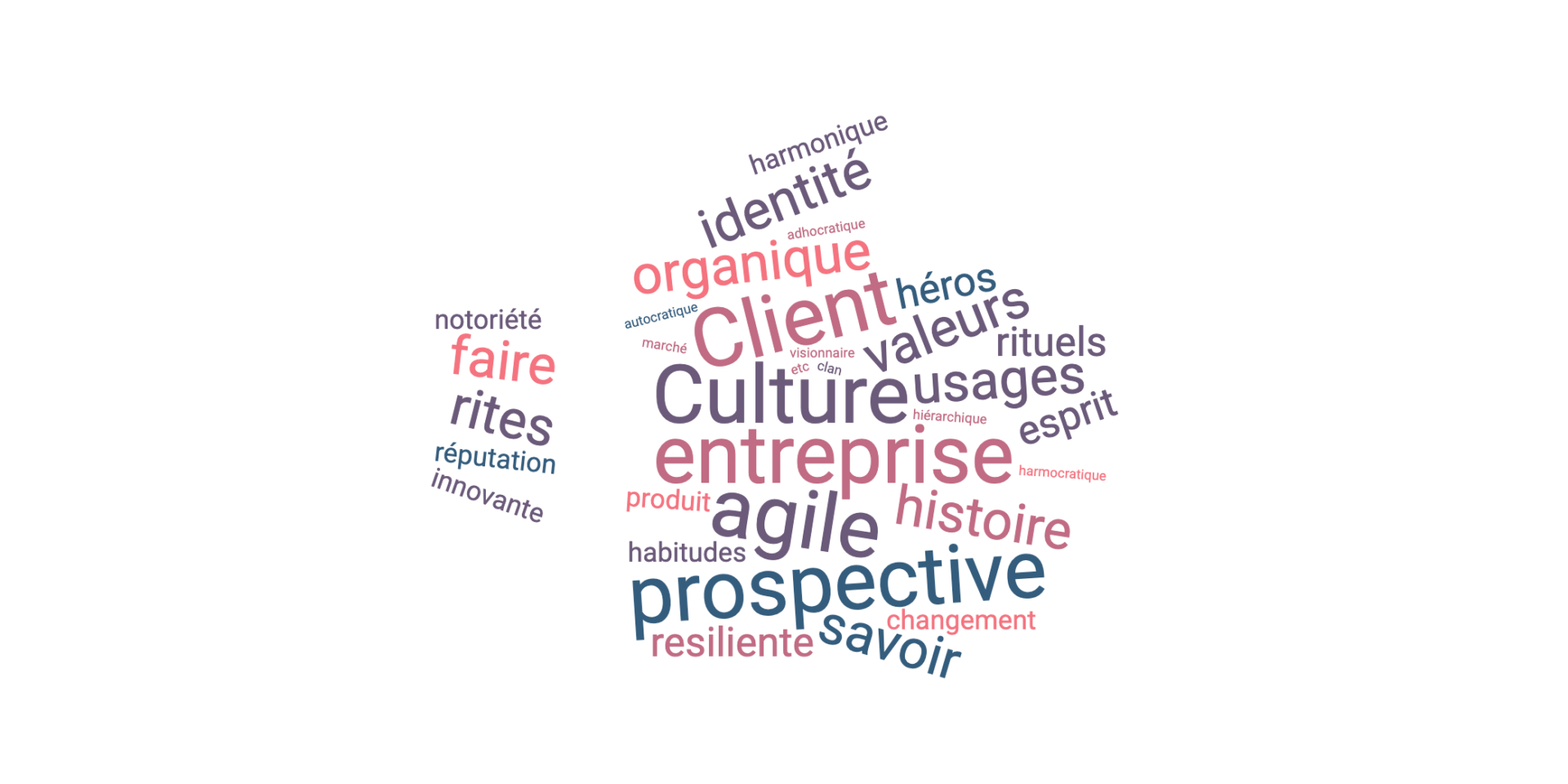The prerequisites for a good start
The transformation of the company is a voluntary choice of strategic management to develop the company in accordance with the strategic objectives defined for the future. These change initiatives involve the efforts of everyone, both employees and general management, to modify more or less profoundly the structuring elements of the organization in place. The transformation of a company makes it possible to update its organization and associated knowledge, and to anticipate the needs of its customers and employees. The change management becomes continuous.
Starting point for a business transformation
Decision
Organizational transformation consists of rethinking the structure, mode of operation and professional practices of an organization in order to do better and differently.
Therefore, transformation is part of a proactive approach, driven by strategic management, to significantly improve the efficiency of the organization and / or the satisfaction of stakeholders.
Business transformation moves an entire system, transforming in its path :
- the organisational structure
- the managerial structure
- information systems
- business processus
- and finally the culture of the company itself
- The relationship to work and ethics
The vision, the strategic plan can be the starting point of a transformation, by the feedback of field information showing the importance of modifying the way of producing. This may be an awareness of top management, who identify a social divide between power and its employees, or between the company and its competitors. The choice to transform “structurally” is necessarily voluntary and follows a major upheaval (loss of turnover, obsolescence, health crisis …) or a sufficiently strong awareness to engage the operational management to change its posture.
Internal challenge, mobilize your employees!
1 – Customer culture, what is it?
Customer culture brings together the collective capacity of the company to generate value, bringing together the skills and know-how of the company.
By associating culture and customer, you proclaim that the entire value chain of the company, internal and external, takes into account the customer in his specificity. The company will ensure that it has an unforgettable experience with the brand and an irreproachable journey in its relations with the company.
Imagine the company’s ecosystem as a game where the customer takes his place and plays his own cards, upsetting the way of doing things usually in the company, changing the relationship with the product, initially planned in a logic of mass production.
In customer culture, the process is reversed. From customer to customer, the cards are blurring. They make obsolete the usual manufacturing processes not designed to take into account the needs of masses of centric customers. Notion which is in the field of marketing.
Therefore, it is necessary to combine production, marketing and the customer to recreate an efficient value chain.
For this, all the players in the company’s value chain must be mobilized, until the customer becomes an intuitive way of thinking.
2 – Bi-monthly actions:
- Make sure your strategic management is mobilized.
- launch an internal customer culture challenge to identify volunteers and rely on them to experience your customers’ journey; managers enter the race!
- Test your management and your customers with a customer culture rally.
- Introduce “a mystery shopper” to track your own products to see how your collaborators behave with your customers.
- Materialize the orientation of your departments and partners.
- Create a return event organized by your volunteers to communicate on the Beta version of your customer culture. Strategic management supports the operation.
The return event is part of routine every two weeks in the company’s practices for:
- implement internal feedback loops,
- implement changes and continuous improvement programs to put the customer at the center of your production chain.
3 – The improvement loop
- Set up a hot listening system to integrate the continuous improvement loop offered by your employees.
- Create an immediate customer dissatisfaction management loop and disseminate customer feedback across the business.
- Create the governance of Client Culture projects to give visibility to your employees and clients to priority improvement actions.
- Celebrate your progress!
The improvement loop makes it possible to empower your teams, modify the organization and keep the strategic management engaged. Your customers, even before the introduction of new technologies, will become an element of cooperation and internal motivation. They will forge the internal state of mind.
Corporate culture: a driver of change
Customer culture cannot be improvised. It is a real paradigm shift involving all internal and external players in your value chain.
The implementation relies on the key players that are my customers, my employees, and influencers, and my competitors.
First of all, the implementation is based on 3 key players in the company causing structural changes in the organization: involved management, empowered teams, customers listened to, a rethought value chain …
Feedback
Cooperatives are often the first to explore the notion of customer culture because all the stakeholders are customers of the structure.
In Vivo is probably one of the most successful examples. Its action takes shape around 2 areas of work :
- drive the transformation: support the emergence of the 4.0 cooperative, identify new businesses and uses by taking advantage of what digital offers,
- implement this transformation: execute and deliver digital projects with internal and external teams.
and conveys the idea of supporting in depth the transformations of the agricultural world.
Our feedback, click on the button
Need help establishing your dynamic customer culture
Interactions with a customer and a brand are characterized by the customer experience.
Deciding to orient the culture of your company, its “DNA”, towards this meeting with the client cannot be improvised! Client culture and coaching come together to give you the necessary perspective in your implementation.
Discover our customer culture coaching support
Towards an adaptive culture
Knowing and understanding your customers also means knowing how to evolve. Facebook, a key player in social networks, is shunned by the 13-17-year-old generation. A network that it considers outdated.
Snapchat, TikTok, Fortnite attract more than 80% of under 14s. To remedy this, Facebook has been dedicating teams to offer “Kids” products for more than 3 years. Without much result for the moment. Facebook has become the favorite social network for people in their 50s.
Adapting to your audience, would it be the golden rule for Facebook? In any case, the battle of conquest initiated by Facebook with young audiences is proving tough. Shaken also in terms of its civic integrity, the extension of the group seems also weakened.
On October 28, 2021, Facebook unveils its name change and becomes Meta. A reference to the Metaverse in Steven Spielberg’s film Oasis
Will Meta offer a doubling of the physical world, accessible in augmented reality where everyone can create as many avatars of their choice, and live several virtual lives?

